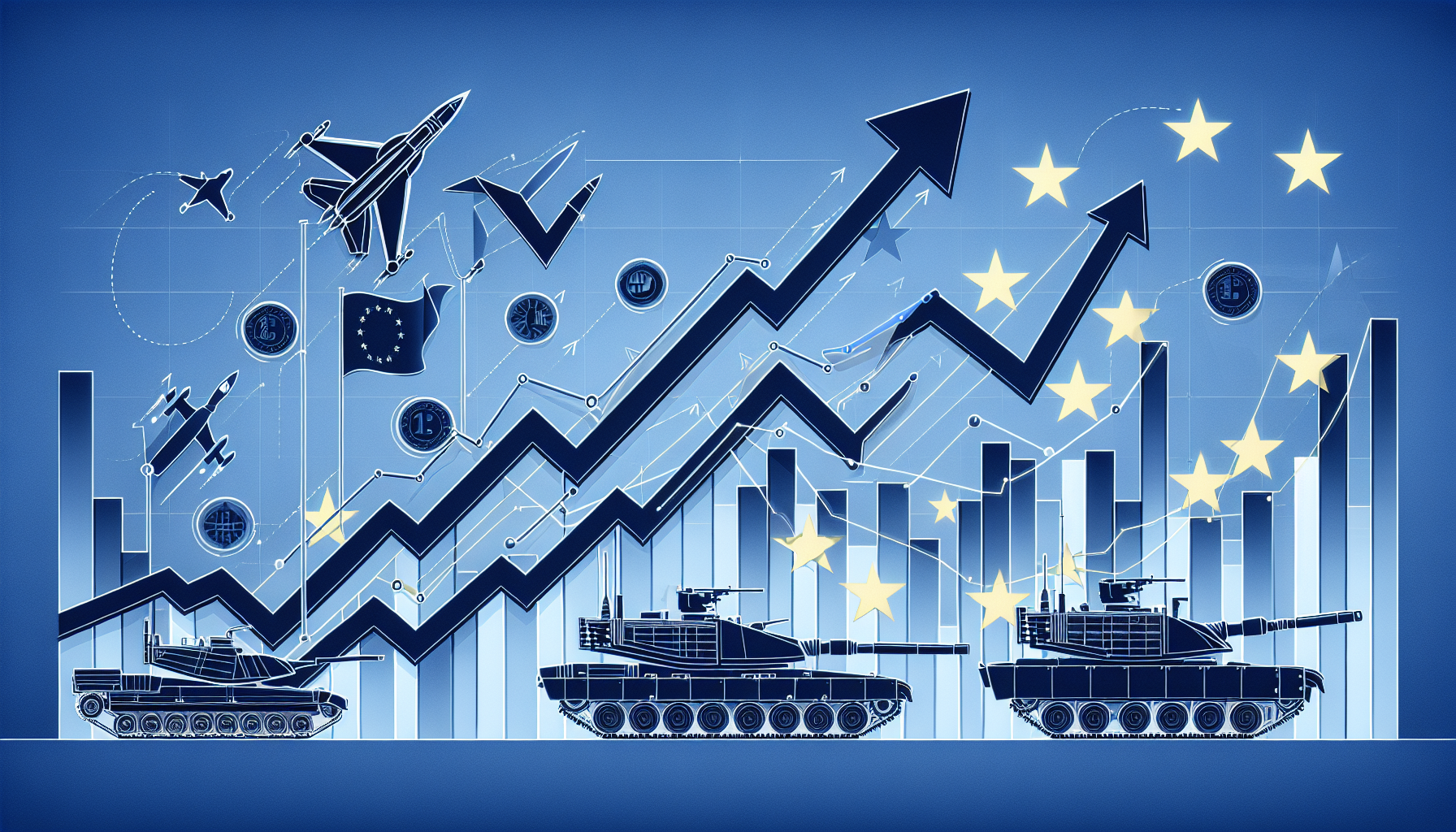President Donald Trump’s “America First” policies are unexpectedly boosting stock markets in Europe. European leaders have increased defense spending following Trump’s demands, pushing shares of international military firms higher. European stock markets are having their strongest start since 1998.
The STOXX Europe 600 index has climbed 7.7% this year. Germany’s DAX has risen over 15%. France’s CAC 40 is up around 9%.
London’s FTSE 100 has gained 5.6%. In contrast, the U.S.-based S&P 500 has dropped more than 4.1%. The Nasdaq Composite has lost over 8%.
Trump has pressured NATO allies to boost defense spending to 5% of each country’s GDP. This is well above NATO’s current 2% target. Several European nations have increased their military budgets in response.
U.K. Prime Minister Keir Starmer announced military spending will reach 2.7% by 2027. It will eventually rise to 3%. Germany’s likely incoming chancellor, Friedrich Merz, secured a deal to free up as much as €1 trillion ($1.1 trillion) for defense.
France also announced substantial increases. President Emmanuel Macron plans to boost defense spending from 2% to 3.5% of GDP. This is a €30 billion ($32.6 billion) rise.
The European Commission has rolled out €150 billion ($163 billion) in loans for defense. It is also loosening fiscal rules to free an additional €650 billion ($707 billion).
European defense spending boosts stocks
The expansion of military budgets has driven gains in defense stocks. German tank manufacturer Rheinmetall’s stock has more than doubled this year. Shares of French aerospace and missile maker Thales have surged over 70%.
U.K. defense giant BAE Systems is up nearly 40%. French fighter jet maker Dassault has risen by 15%. “We underestimated how the US’s wavering support for NATO and Ukraine would trigger a watershed moment for the eurozone,” said Alastair Pinder, global equity strategist at HSBC.
The bank recently downgraded U.S. markets from “overweight” to “neutral.” It cited the shift in global dynamics. The U.S. recovery from the pandemic has been resilient. It overshadows many other developed nations.
However, uncertainties remain, especially for economies with slower growth and rising borrowing costs. The U.K. is struggling with stagnant growth. France’s central bank forecasts weak GDP growth for the coming years.
Germany faces challenges with economic contraction and high energy costs. Chinese stocks have also seen considerable gains. This is driven by domestic factors like economic stimulus and lower borrowing costs.
The Hang Seng index has jumped 19.5% this year. Chinese tech stocks have performed even better. The dynamism in European and Chinese markets shows a pause in U.S. market dominance.
However, the long-term sustainability of these shifts remains uncertain. Markets may continue to seek balance as global economic policies and conditions evolve.

